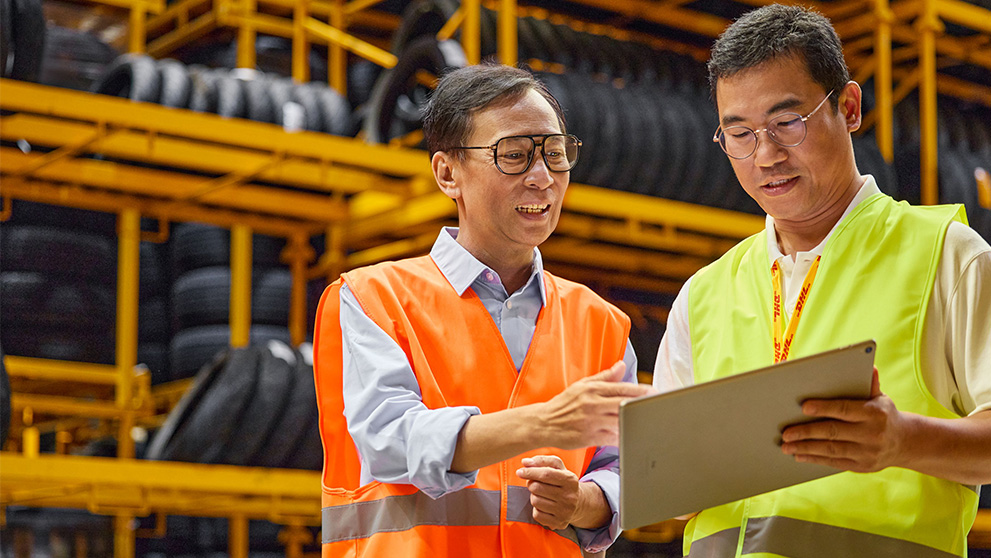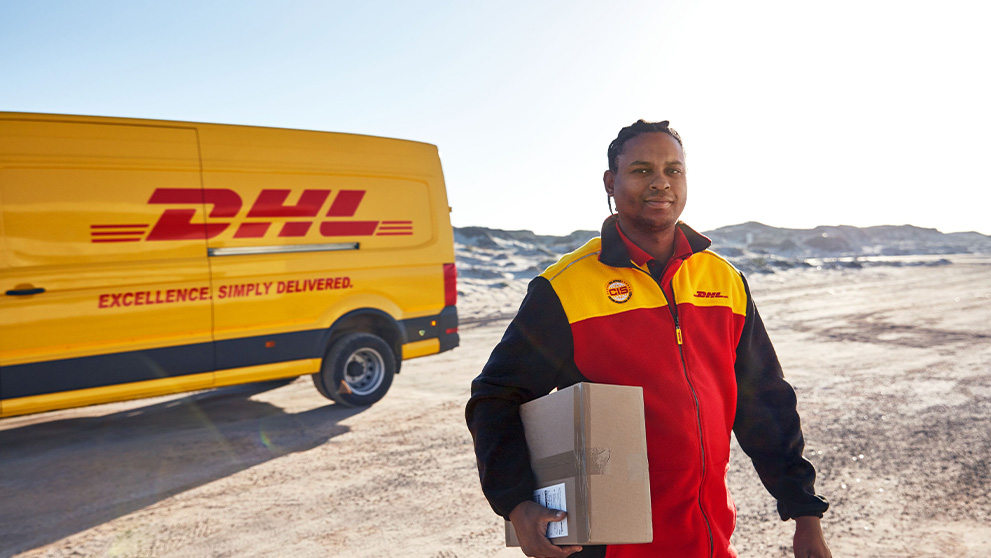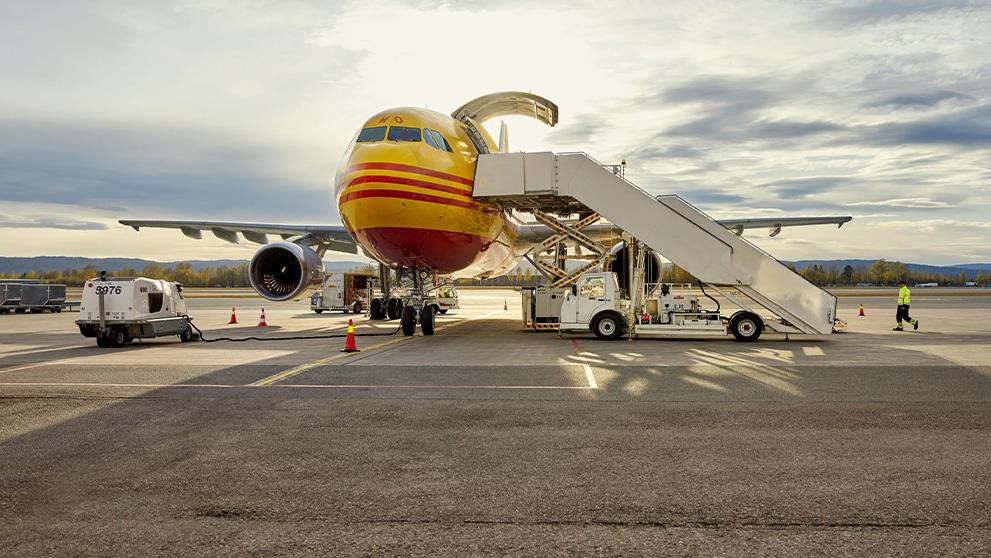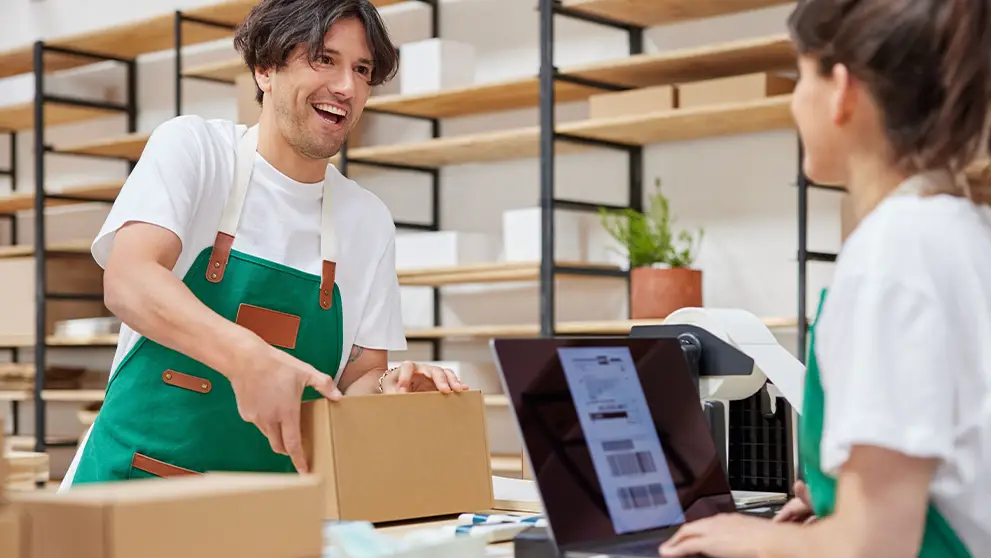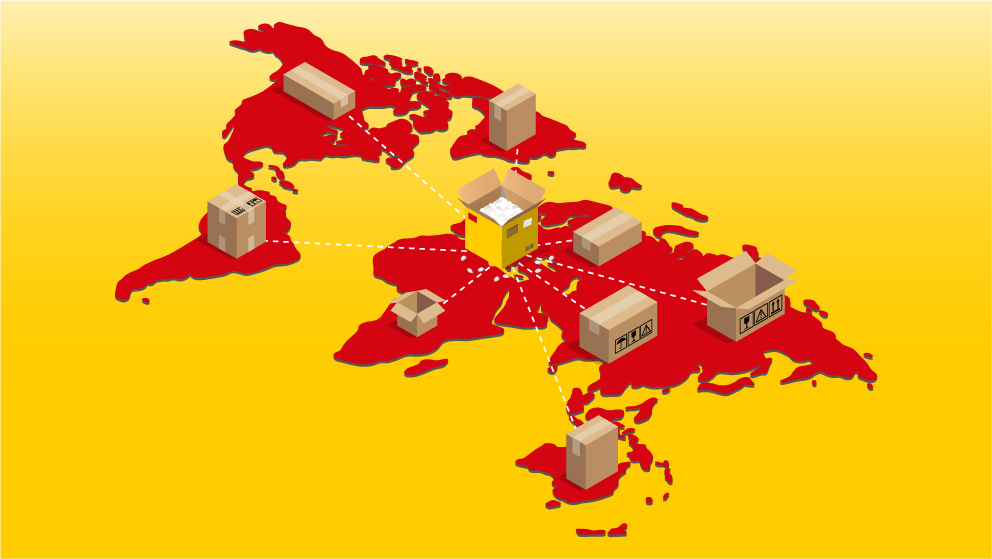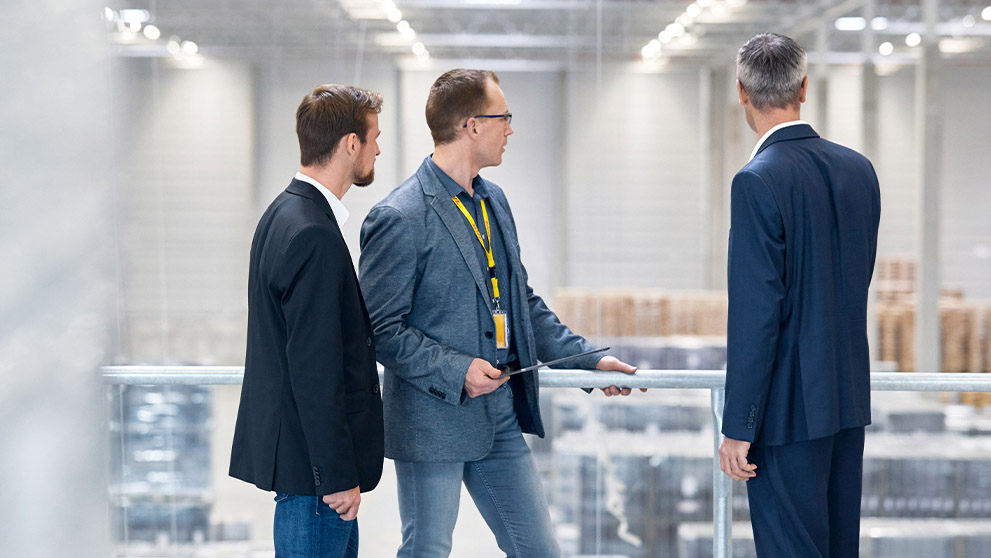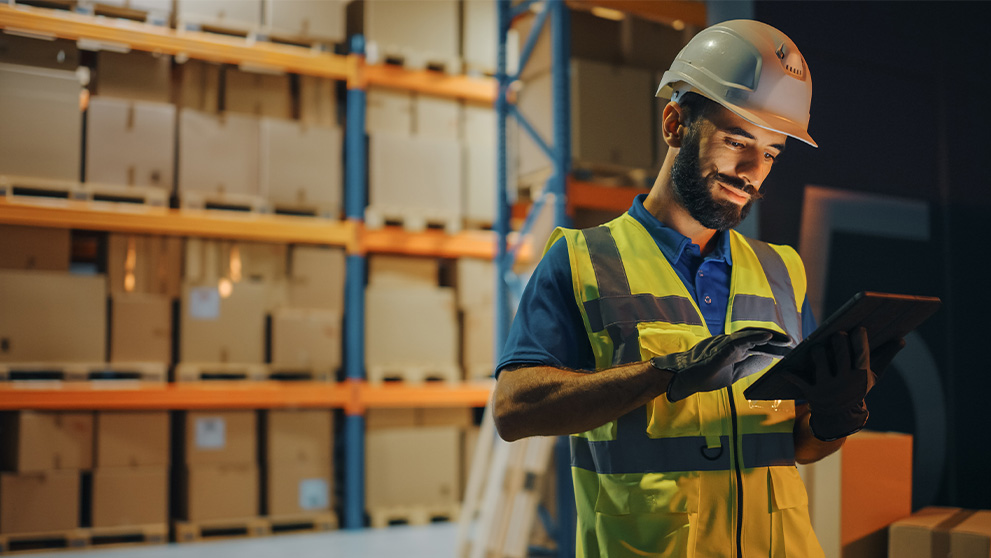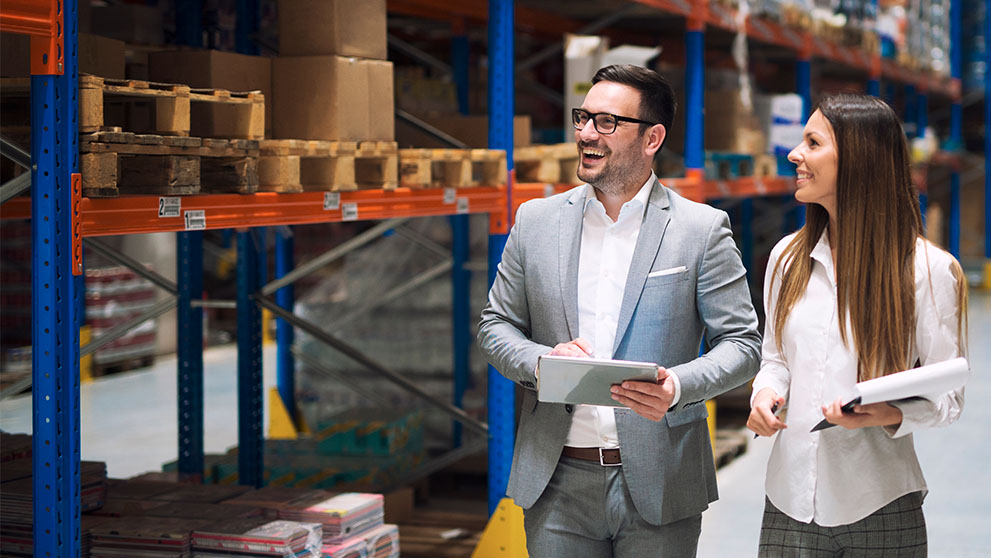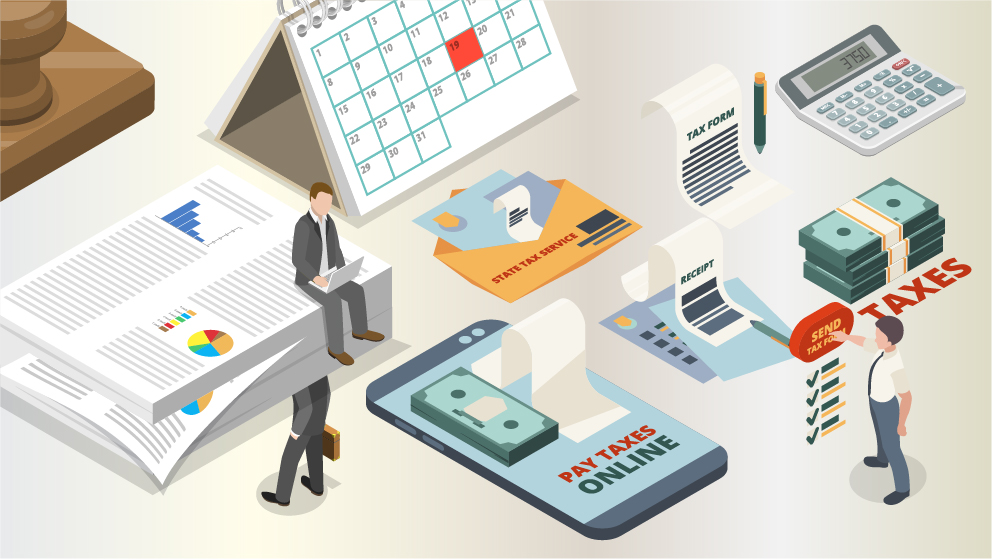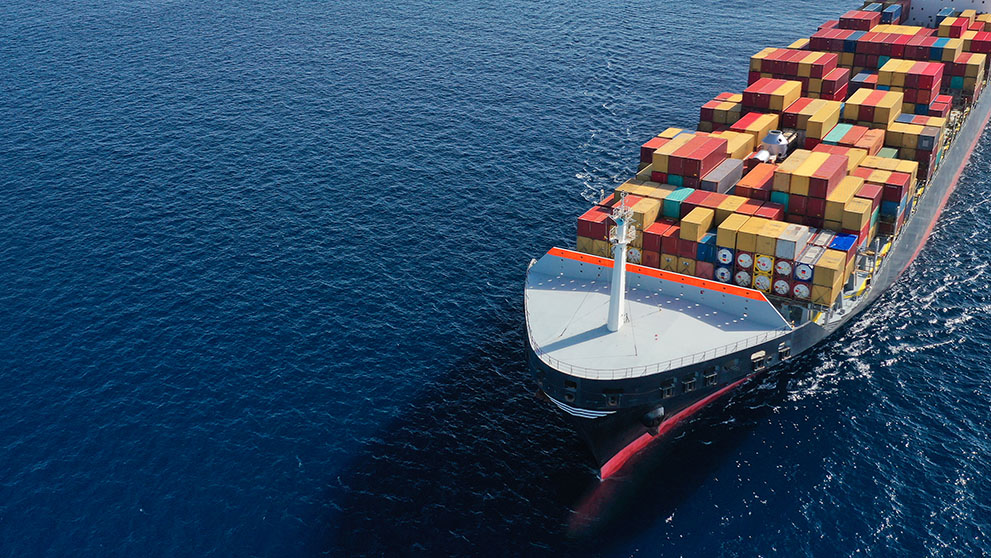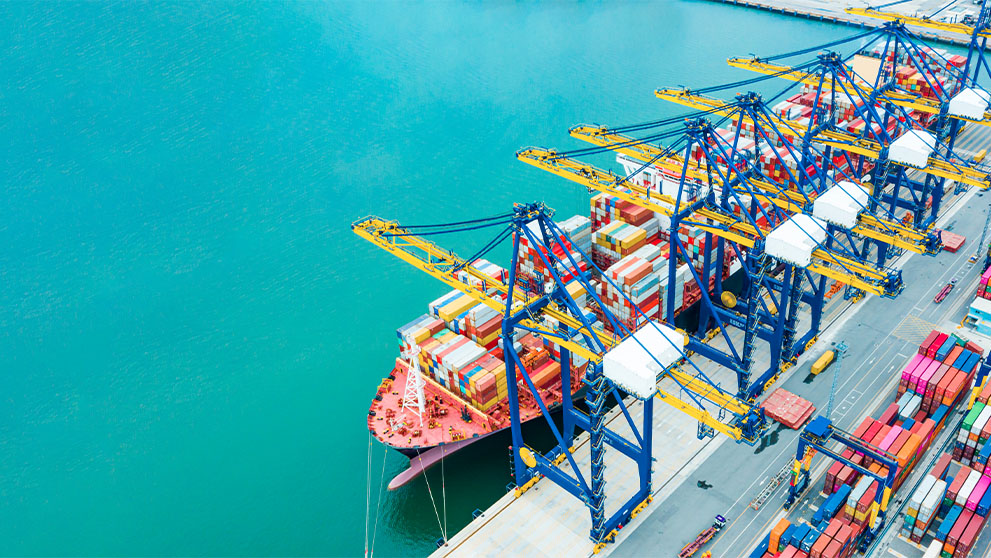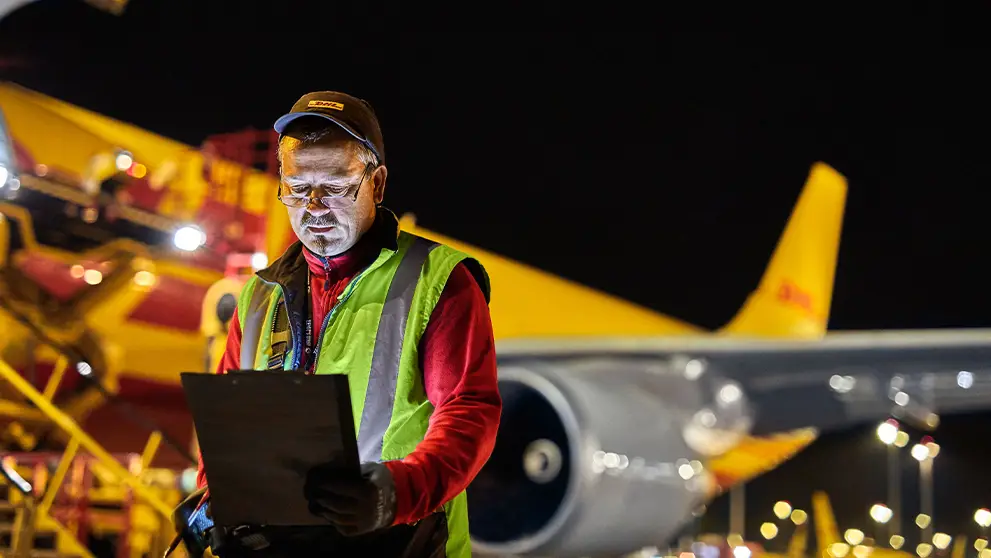Discover how an optimized reverse logistics strategy can help your business save money, reduce wastage, boost your sustainability credentials, and build loyalty amongst customers.
Definition of reverse logistics
Reverse logistics is the movement of goods “upstream” through a supply chain, to return them from the end customer back to a retailer or manufacturer.
One of the most common examples which all e-commerce businesses will be familiar with is product returns. Online consumers returning a product to the retailer because it is damaged – or simply because they have changed their mind – would be defined as reverse logistics.
Reverse logistics also covers the recycling, repurposing, repairing and resale of products.
Reverse logistics vs traditional logistics
Traditional logistics begins at the supplier, moves on to the distributor/retailer, and ends at the customer. It covers procurement, inventory management, distribution, warehousing, transportation, packaging and risk management.
Reverse logistics – as the name suggests – is the movement of goods the other way. It starts with the customer and ends at different points along the supply chain, depending on the nature of the return.
Benefits of reverse logistics
Handling returns is a big pain point for e-commerce businesses, but key to building customer loyalty. In fact, 67% of consumers will check an online retailer’s return policy before committing to a purchase1, so an efficient reverse logistics operation will help your business win more sales.
Reverse logistics also offers businesses an opportunity to meet sustainability targets. Repairing, refurbishing and recycling products diverts them from ending up in landfill.
Types of reverse logistics
These are the key types of reverse logistics your business should consider.
Returns management
This is the most common reverse logistics process: when a customer returns an item to a seller because it is damaged, not as expected, doesn’t fit etc. With around 30% of all products ordered online returned to the sender2, e-commerce businesses should make a seamless returns experience a key part of their strategy to ensure customer loyalty.
Remanufacturing or refurbishment
This involves the repairing and rebuilding of products. Retailers and manufacturers may also recover some parts from a defective product to be used elsewhere. These avenues prevent waste and save money.
Packaging management
This focuses on reusing packaging material to reduce waste and costs. As an example, an e-commerce business may encourage a customer returning a faulty product to package it in the material it arrived in. The business can then repair the product and resend it to the customer in the same packaging.
Unsold goods
This part of reverse logistics is when a retailer returns unsold goods to the manufacturer. It could be due to a delivery failure, or poor inventory management (such as overestimating demand for a product.)
Delivery failure
In the instance of a failed delivery (for example, the customer was not in to receive the package), products may be shipped back to the retailer.
Rental equipment
This is when rented or leased products are returned to the manufacturer at the end of a defined term. From there, they may be recycled or sent out to another customer.
Repairs and maintenance
Some businesses offer warranty on their products. The customer will send the product (a laptop, for example) back to the business to be repaired.
End of life
These are products that can no longer serve any purpose – if they are irreparable, for example – so will need to be recycled or disposed of.
The reverse logistics process
The reverse logistics process varies by business and industry. For example, an online clothes retailer will deal with many generic customer returns. Elsewhere, consumer goods giant Procter & Gamble has introduced a reusable packaging scheme to collect its used glass bottles from the homes of customers3.
Whatever your business, a well-planned reverse logistics process will enable you to maximize cost savings and reduce waste:
1. Process the return
After your customer has initiated a return via your website or app, your business must begin its return process. This involves scheduling return shipments, approving refunds, and organizing a replacement product if it is damaged. It is also a good idea to ask your customers the reason for their return (“item not as described”, “poor quality” etc.) which can help you prepare for, and process, the return more quickly.
2. Evaluate the returned product(s)
Once the product arrives back with you, it should be inspected to determine its condition. Will it need to be cleaned before reselling? Fixed? Parts replaced? Your business can streamline its reverse logistics process by having pre-set categories in place, including “refurbish”, “recycle”, and “repair”.
3. Move the product to its processing destination
Depending on its categorization, move the product quickly on to where it will be processed.
Recycled products should first be stripped of parts that can be reused or resold. The remaining part should be recycled in a responsible manner that keeps sustainability in mind.
Items for repair should be fixed and returned to the customer (if under warranty), or disposed of if they are irreparable. Some items can be resold as new.
Challenges in reverse logistics
There are some challenges your business will have to plan for when integrating a reverse logistics system.
Costs
Reverse logistics can be expensive – especially for small businesses. The cost of transporting, processing and redelivering items all add ups, and with 79% of online consumers expecting free return shipping4, often these costs fall entirely on the seller. Running a well-planned, optimized reverse logistics operation is key to reducing waste – and keeping customers happy.
Customer expectations
E-commerce customers expect a fast, seamless experience when returning items. You should consider your reverse logistics operation as an investment – after all, 84% of consumers will not shop again with a retailer after a bad returns experience5. You can start with a clear and simple returns policy – essential to attract and retain customers. Our dedicated guide will help you write a small business return policy.
Environmental impact
Returned items will impact your business’ carbon emissions. Yet, a recent study found that 64% of US consumers would be willing to pay extra when returning an item if it subsidized a greener carrier option6, so carefully evaluate your logistics. DHL Express has recently launched GoGreen Plus, a dedicated solution to help businesses reduce the carbon emissions associated with their shipments through the use of Sustainable Aviation Fuel. Discover the full benefits of this option, here.
Complex return flow
Reverse logistics can involve many different processing channels which can be a lot for a small business – indeed any business – to deal with. The handling of returned items includes inspection, testing, repurposing, repairing, repackaging and resending, and requires co-ordination across all points. Thankfully, there are several automated technologies you can implement to help your business. Read on!
Strategies to optimize reverse logistics
Automate processes
With the use of technology and Artificial Intelligence (AI), you can automate many of your reverse logistics processes to ensure they run seamlessly, and save your business time and money. Examples include:
- Warehouse Management System (WMS). The best way to manage a busy inbound and outbound logistics flow is with a sophisticated WMS. It can help you track, in real-time, every return that comes into your warehouse, and ensure it moves on to its next destination quickly and accurately. Reverse logistics require an average of up to 20% more space than forward logistics7, so its essential products are constantly moved on to avoid a backlog.
- Inventory Management System (IMS). This will ensure your business keeps on track of returned products. An IMS can process incoming (returned) merchandise in a similar way to supplier merchandise, and ensure goods are resold or repurposed as quickly as possible, which reduces waste and optimizes warehouse space.
Use predictive analytics to anticipate returns
A return forecasting solution will use insights to help your business identify why products are being returned, determine which can be resold, and estimate the costs of redistribution. Machine learning algorithms can anticipate a product’s likelihood of being returned based on data like the customer’s past return rate, and the number of times the same or similar product has been returned. This will enable your business to better plan its inventory, and reduce lost sales.
Gather customer data
Though good reverse logistics management can help your business handle returns, it’s important to still try and reduce the rate in the first place. Asking your customers exactly why they are returning a product can help your business address any pain points. For example, perhaps you run an online handbag store, and there is a particular model that is returned often because it is “not as shown on website.” That’s your cue to add more detailed product specifications, high-def photos, and customer reviews to the product listing page. If the customer has a more accurate idea of what they’re buying, they’re less likely to be disappointed upon its arrival.






